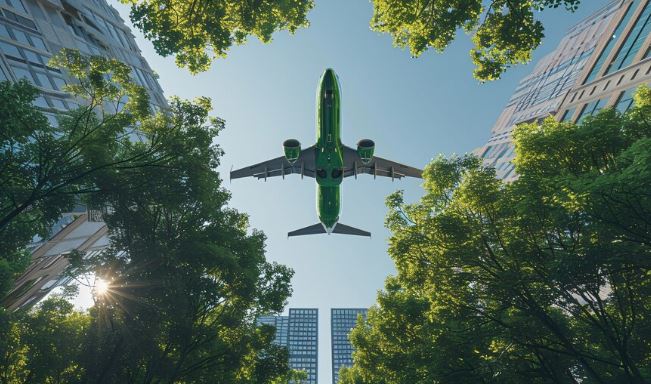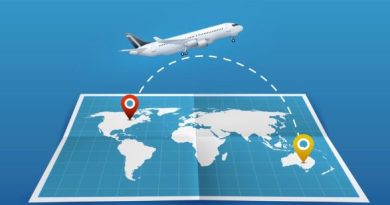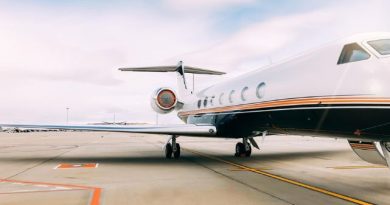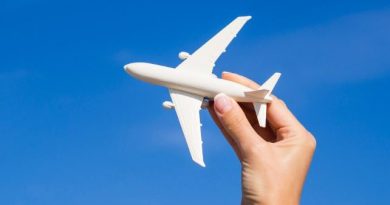Sustainability in the Skies: How Airlines Are Reducing Their Environmental Impact (and How It Benefits You)
The airline industry, long a significant contributor to global emissions, is undergoing a profound transformation. Faced with increasing environmental awareness, regulatory pressure, and consumer demand, airlines worldwide are investing heavily in sustainability initiatives. This isn’t just about good PR; it’s a strategic shift that’s reshaping how we fly, from the fuel in the tanks to the cups on your tray table, and ultimately, how you choose and pay for your next flight.
Greener Wings: Key Initiatives Taking Flight
1. Sustainable Aviation Fuels (SAFs): The Future of Flight: Perhaps the most impactful change comes from the adoption of Sustainable Aviation Fuels. Derived from sources like used cooking oil, agricultural waste, and even algae, SAFs can reduce lifecycle carbon emissions by up to 80% compared to traditional jet fuel. While still a small percentage of overall fuel use, airlines are actively investing in SAF production and procurement, often flying specific routes partially powered by these greener alternatives.
2. Modern Aircraft Design and Aerodynamics: Newer generation aircraft like the Boeing 787 Dreamliner and Airbus A350 are significantly more fuel-efficient than their predecessors. This is due to lightweight composite materials, advanced engine technology, and improved aerodynamic designs that reduce drag. Airlines are rapidly updating their fleets, leading to a quieter, more efficient, and less polluting flight experience.
3. Optimized Flight Paths and Operations: It’s not just the plane, but how it’s flown. Airlines are employing sophisticated software to plan more direct routes, avoid unnecessary circling, and optimize ascent and descent profiles. Ground operations are also becoming greener, with electric tugs, less idling time for aircraft, and more efficient gate management.
4. Cabin Redesign and Waste Management: Beyond the engines, airlines are tackling sustainability in the cabin. This includes:
- Lighter Cabin Materials: Reducing the weight of seats, galleys, and trolleys directly translates to less fuel burn.
- Single-Use Plastic Reduction: Many airlines are phasing out plastic cutlery, cups, and packaging, opting for biodegradable, compostable, or reusable alternatives.
- Improved Recycling Programs: Implementing robust recycling initiatives for cabin waste, diverting more materials from landfills.
- Water Conservation: Reducing water usage onboard, particularly in lavatories.
How This Influences Your Travel Choices and Costs
1. Informed Travel Choices: As sustainability becomes a key differentiator, airlines are becoming more transparent about their environmental efforts. You can now often find information on their websites regarding SAF usage, fleet efficiency, and carbon offsetting programs. This empowers you to:
- Choose Greener Airlines: Opt for carriers that demonstrate a strong commitment to sustainability.
- Select Efficient Routes/Aircraft: If possible, choose flights on newer, more fuel-efficient planes.
- Consider Carbon Offsetting: Many airlines offer optional programs to offset the emissions of your flight, allowing you to contribute to environmental projects.
2. Potential Impact on Ticket Costs: The shift to sustainability comes with investments:
- Higher Fuel Costs (for now): SAFs are currently more expensive to produce than conventional jet fuel. As demand and production scale up, prices are expected to decrease, but in the short term, this could marginally influence ticket prices.
- Investment in New Aircraft: While new planes are more efficient, their acquisition cost is substantial, which can be reflected in ticket pricing over time.
- Innovation vs. Cost Savings: Many sustainability efforts, like optimized flight paths and lighter cabin materials, actually lead to fuel savings and operational efficiencies, which can help offset other costs or even keep prices competitive.
Ultimately, the move towards sustainable aviation is a journey, not a destination. While the industry still has a long way to go, the increasing focus on greener operations provides travelers with more ethical choices and contributes to a future where flying can be both enjoyable and environmentally responsible. Your next flight might just be a small part of a much larger solution.




